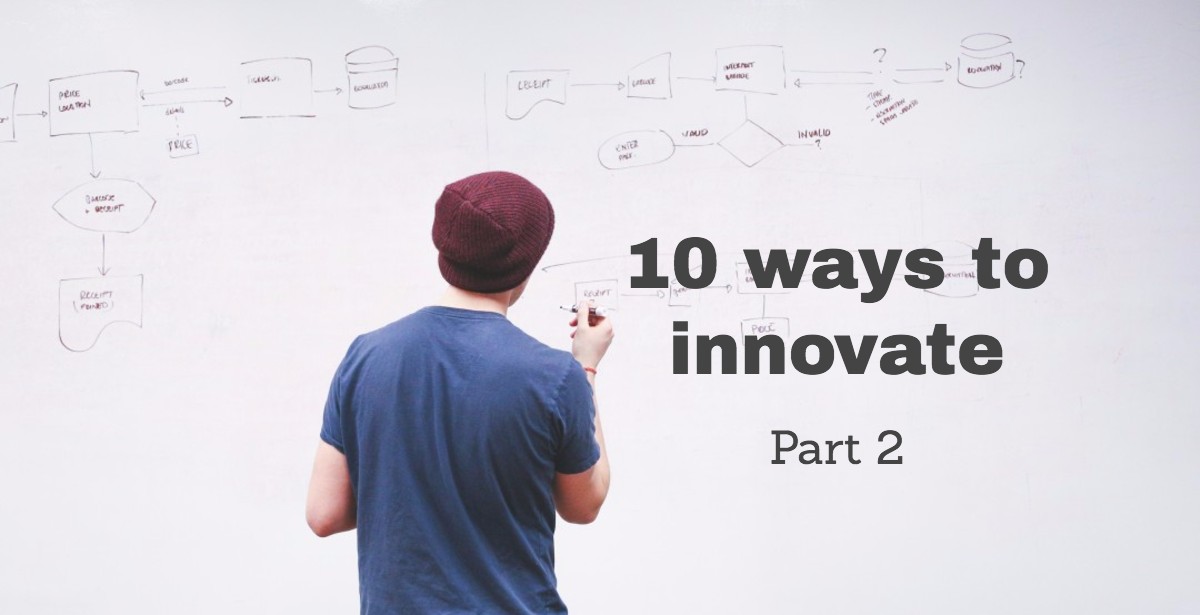Every company, big or small, can innovate. Companies that don’t innovate end up competing with their peers on the lowest profit. Here are five more ways to start innovating your next service (check out the first five).
6. Radically shorten the lead time
How can you make something that takes a week to complete happen in an hour? What are the consequences of radically reducing the lead time?
In an interview, Ryan Zizzo explained how Bionova’s One-click LCA solution makes it possible to conduct standards-compliant life cycle assessments (LCAs) with just one click using data from a building information model. The ability to automate a task like this means that you don’t have to any special expertise to conduct LCAs for your company. It is easy to scale up a service when it doesn’t depend on the work of a few individuals.
7. Stop charging by the hour
Many professionals charge for their work by the hour. The hourly charge may be the best, most flexible choice in some cases, but it has shortcomings. This model does not reward efficiency or high-quality work. It misleads the client to think that the price of an hour is the only thing they are negotiating when selecting suppliers. The focus is on the price of the hour and not the amount of hours, whether they’re justified, or the end result of the job.
What if you charge based on results, square meters, time or cost savings, number of units, or the value the customer defines as a metric? Could you charge a fixed fee per month? How would it change your competitive position, your clients’ perception of you, or the way in which you operate?
8. Offer pre- and post-project services
Construction industry companies live off of projects. They bid for projects, complete projects, and move on to the next project. However, clients and users have needs before and after the project, and there are many benefits when suppliers get involved.
Granlund, for example, has an online service called PULSE. It collects feedback on conditions in an indoor office environment. PULSE takes information collected from sensors in the building, combines it with user feedback (sent via phone and PC), and displays the results in real time with a single figure. This figure measures the building’s wellbeing and helps the company make better maintenance decisions.
As an energy consultant and HVAC engineering firm, Granlund can show its clients how a certain building is performing. This awareness can lead to new projects for Granlund. PULSE can also serve as a post-project evaluation tool. Naturally, it is also a marketing channel for Granlund.
9. Create an awesome customer experience
Construction industry firms have a lot to gain from improving customer experiences. This applies to B2B and B2C relationships.
Homes usually cost way more than a car, but the experience of buying a new home is not always as thrilling. The customer gets layouts and renderings of the future home as well as some printed material samples.
I remember that a professor of environmental psychology once said that when she was buying a new home, she could not understand the plans the contractor provided. She had absolutely no idea about what the size of the kitchen or the living room would be, for example. The construction was actually a pilot project in which the customers ended up building life-sized cardboard models of the interiors to experience the dimensions.
I visited a startup company, Teatime Research, that wants to make home-buying a pleasant, enthralling experience. They’ve developed Showroom, a virtual-reality app that lets homebuyers enter their future homes, make choices, and experience how their future homes will look and feel. This app, coupled with an ability to purchase home products at the same time, certainly takes the buying experience to the next level.
10. Productize your service
Construction industry companies often spend a lot of time on non-value-creating activities. Even worse, they do these activities in an inefficient way, thus losing time and opportunity. Productization allows construction businesses to identify and systemize their activities to easily replicate them and sell them to clients.
While many may fear that productization results in commoditization, it does the opposite. By focusing on key value-creating activities and packaging them better for your clients, you can emphasize the uniqueness of your offerings and stand out from the competition.
Workspace is a leading Nordic consulting and design agency specializing in workplace design and management. They offer services to the businesses using offices, not the property owners. They’ve successfully productized workplace change projects. In the last ten years, they’ve worked with over 1,000 change projects. They’ve devised a seven-step process they use over and over again, but they always get unique results.
This was the second part of a two-part story. Read the first part.
View the original article and our Inspiration here


Leave a Reply